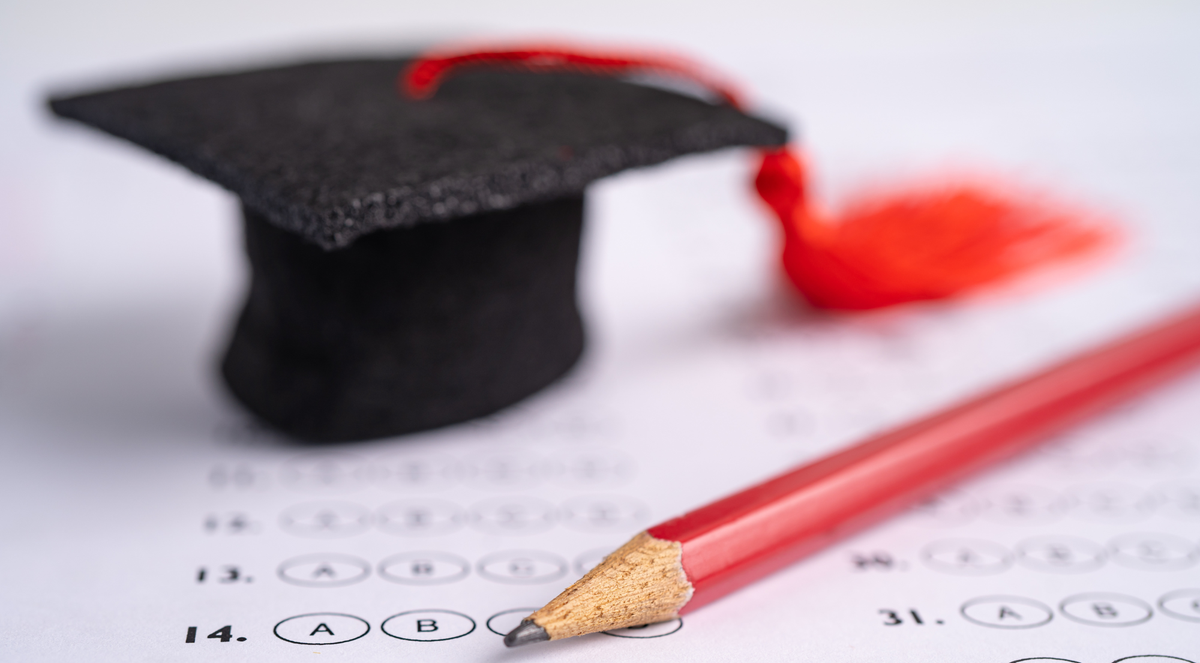What Are the Best Summative Assessment Strategies? A Guide for Teachers and Educators

Whether you're planning a final exam, a group project, or a digital quiz, summative assessments can do much more than just assign a grade; they can also showcase growth, build confidence, and guide better instruction.
In this article, we’ll walk through what summative assessments are, why they matter, and 10 strategies you can start using today to make your assessments more effective and engaging.
What Is a Summative Assessment?
Summative assessment is a way to measure how much your students have learned at the end of a unit, term, or course. Unlike formative assessments, which guide learning during instruction, summative assessments evaluate what students know after instruction is complete.
You’ve likely used summative assessments without even realizing it. Final exams, standardized tests, big projects, and presentations all fall under this category. They’re the tools educators use to summarize a student’s learning and determine if the educational goals have been met.
Common Examples
- Final exams
- Standardized tests
- Capstone projects
- End-of-unit tests
- Portfolios
Each method provides a snapshot of student understanding at a particular point. The goal isn’t just to grade students, but also to gauge the effectiveness of instruction and curriculum.
Why Do Summative Assessments Matter?
Summative assessments play a crucial role in education because they indicate whether your students have learned what you set out to teach. They're more than just final grades; they’re tools for accountability, planning, and progress tracking.
- They Validate Learning: Summative assessments provide evidence of student learning. They allow:
- Students to see their progress
- Teachers to evaluate instructional success
- Schools to meet curriculum standards
- They Guide Instruction: Reviewing assessment results helps you identify both strengths and areas for improvement. This data can refine future lesson planning and curriculum choices.
- They Support Accountability: Standardized test results can influence funding, reporting, and educational policy decisions. These assessments provide a broad picture of how schools and students are performing.
- They Motivate Students: Clear goals and fair assessments help students engage more deeply. When they understand the purpose and feel prepared, they’re more likely to invest effort and feel pride in their achievements.
How to Choose the Right Summative Strategy for Your Class
Not all assessments are created equal. Choose based on what you’re trying to measure, who your students are, and what resources you have.
- Align with Learning Goals: Ensure your assessment accurately reflects the material taught. Students should be tested on skills and content they’ve practiced.
- Know Your Students: Adapt for age, learning styles, and accessibility. Offering choices can empower students to show their learning in different ways.
- Factor in Time and Resources: If you’re short on time, consider using digital assessments or clear rubrics to help. For deeper learning, allow time for projects and feedback.
- Mix It Up: Combine different strategies to get a fuller picture of student understanding.
- Use Clear Rubrics: Rubrics remove guesswork for students and create consistent grading for teachers. Share them early to set expectations.
Common Mistakes to Avoid in Summative Assessment
To make your assessments more effective, it’s important to avoid a few common missteps. These simple fixes can greatly improve the accuracy and impact of your summative evaluation.
Teaching to the Test: Focusing only on potential test questions limits critical thinking and long-term retention. It may temporarily boost scores, but it doesn't foster genuine understanding. Instead, incorporate tasks that challenge students to apply, explain, and reflect on what they’ve learned.
Misaligned Goals: When assessments don’t match the skills or content taught, students feel confused and unprepared. This disconnect reduces trust and lowers performance. Fix it: Ensure each question or task links directly to your instructional objectives.
Ignoring Student Needs: One-size assessments can overlook diverse abilities, backgrounds, and learning styles. This can disadvantage students who process or express knowledge in different ways. Solution: Offer flexible formats or accommodations to give all learners a fair chance to succeed.
Overreliance on High-Stakes Tests: If a single exam determines the majority of a grade, students may panic or disengage. High-stakes pressure can distort what students truly know. Balance it: Mix in smaller assessments, peer reviews, or reflective activities for a more complete picture.
No Clear Rubrics: Assessments without rubrics create uncertainty and subjective grading. Students often lack clarity on what is expected, and results may vary depending on the teacher's mood or interpretation. Pro tip: Use simple, transparent rubrics to outline expectations and standardize scoring.
No Feedback: Many teachers treat summative assessments as a final step, with no discussion or review. But students need feedback to make sense of their results and improve. Best practice: Offer comments, highlight strengths and areas for growth, and encourage reflection after every major assessment.
Final Thoughts: Making Summative Assessment Meaningful
Summative assessments don’t have to be rigid or stressful; they can be meaningful, creative, and even motivating.
The right strategies bring out the best in your students and offer valuable insights for your teaching. Whether you're assessing through a digital quiz, a class presentation, or a personal reflection, always aim for clarity, fairness, and relevance.
At Atomic Jolt, we’re passionate about making education smarter. That means designing assessments that work for real classrooms and real students.
When you get summative assessments right, they become more than a grade; they become a celebration of learning.



